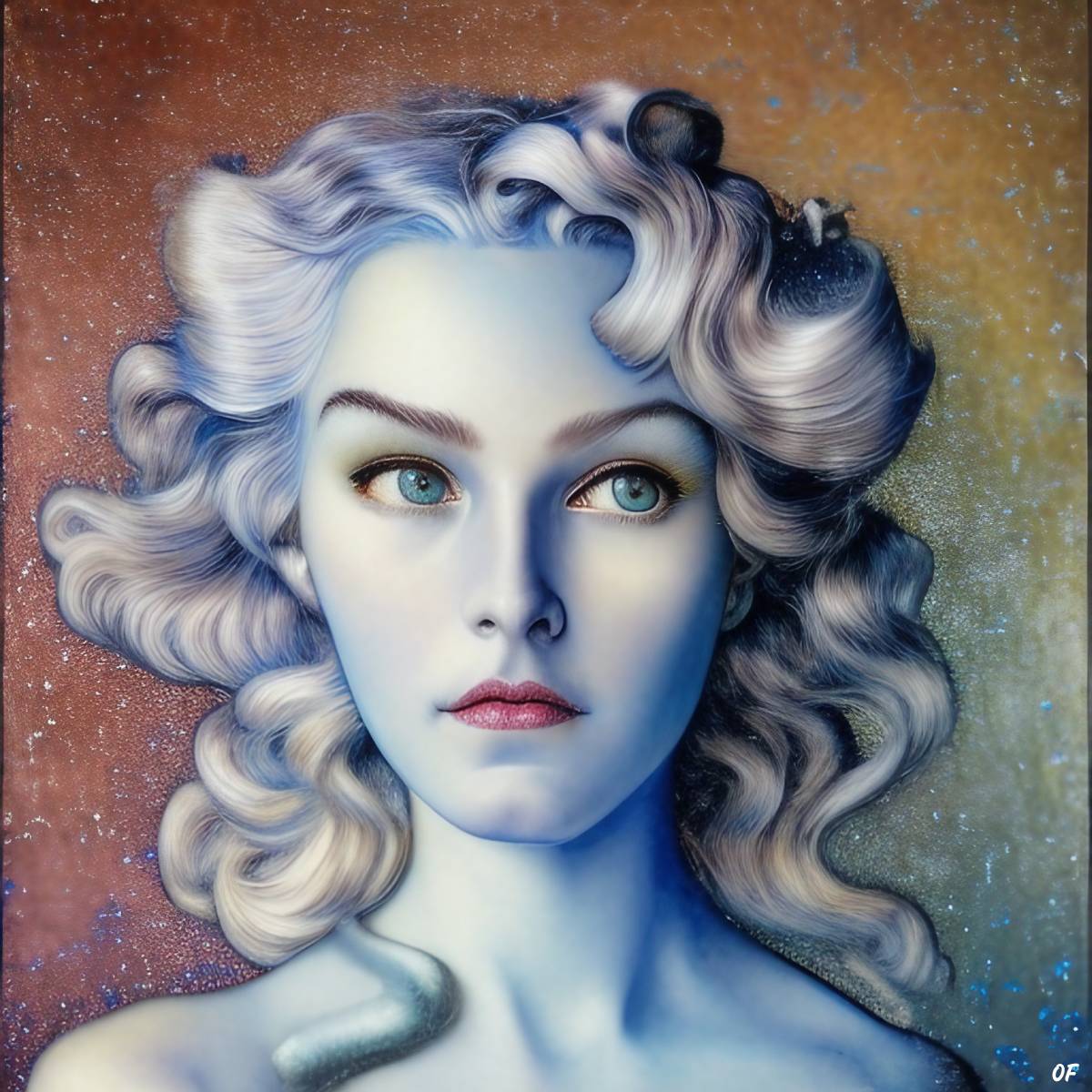While you may know Marie Antoinette, famed for the debunked “Let them eat cake” anecdote—mistakenly attributed to her instead of Spanish princess Marie-Thérèse—there exists a lesser-known yet fascinating narrative surrounding the iconic French queen: the intriguing phenomenon known as Marie Antoinette Syndrome.
The syndrome named after Marie Antoinette
Another tale to come out of the French Revolution is a phenomenon you are likely familiar with but might not have known there was a name for.
Marie Antoinette Syndrome (also known as canities subita) occurs when your hair turns white or gray almost overnight.
As the legend goes, when French revolutionaries captured an actively fleeing King Louis XVI and had him brought back to Paris for a little kiss from the guillotine, Marie Antoinette knew that she was next in line. Worse, her turn with the “French Equalizer” would be occurring within twice days. As a result of the stress of what was most likely the longest two days of her life (and certainly her last), when Marie was brought to her execution, her ash-blonde hair had turned completely gray.
Like seeing a ghost
Most of us associate this phenomenon with horror movies, where someone gets royally scared and suddenly gets a streak or huge patches of white hair. Then there are the stories of survivors of bombings during World War II experiencing a sudden and dramatic palette change in their hair. Jump forward to 2014, and we can refer to a more modern example by the name of Oscar Pistorius.
The Olympic sprinter who wasn’t fast enough when it counted

An Olympic and later Paralympic athlete, Oscar Pistorius had a bad Valentine’s Day in 2013, though certainly not as bad as the one experienced by his partner, Reeva Steenkamp. As his story goes, Pistorius mistook her for an intruder upon arriving home and promptly shot her through the bathroom door. In court in 2016, Pistorius began exhibiting quite visible signs of Marie Antoinette Syndrome, with round patches of white appearing in his hair and some even falling out!
Marie Antoinette Syndrome affects not just Queens and Olympians
The condition seems to occur when the stress is just right. In another example, from 1982, a British Air Captain by the name of Eric Moody, demonstrated amazing resolve when flying a Boeing 747 on what was to be a routine flight from Kuala Lumpur to Perth. With 239 passengers in tow, he would get the test of his life when passing over the Indonesian island of Java.
Aside from being the first place where Indonesian coffee was grown, Java is also the home of Mount Galunggung, a volcano that just happened to erupt as Captain Moody and his passengers were flying over it. Tremendous amounts of volcanic ash started taking out the engines until there were none. But miraculously, Moody managed to save the day.
However, within six months, Captain Moody noticed the tip of his “quiff” (a lock of hair on the forehead) had turned white.
When does Marie Antoinette Syndrome strike?
Canities subita, often seen as the underlying mechanism of the so-called Marie Antoinette Syndrome, is a phenomenon yet to be fully deciphered by science. The prevalent theory proposes that this sudden whitening is not a change in hair color, but rather the swift shedding of pigmented strands, revealing the dormant white hairs beneath. The phenomenon strikes indiscriminately, sometimes even affecting individuals in their 20s who, after experiencing a shocking event, find their hair transformed to an ‘ivory’ hue almost instantaneously.
So, the next time you spot an unexpected streak of white hair, consider it a symbol of resilience, an emblem of enduring a shocking or traumatic event with grace. Treat it as a sign deserving of respect and understanding. And perhaps, if the mood strikes you, embrace the spirit of the legendary queen herself. Whether it’s sending an anonymous slice of cake in jest of her most famous misattributed phrase, or simply sharing the tale of the intriguing Marie Antoinette Syndrome, you’ll be part of keeping this unique narrative alive. And who knows? You may even lend a touch of intrigue and charm to an ordinary day.


